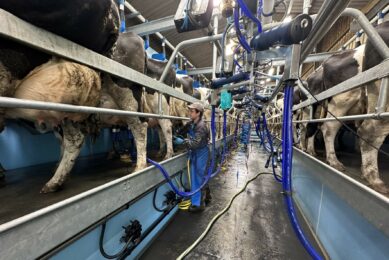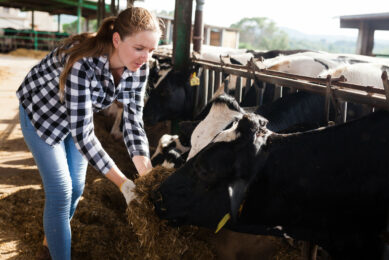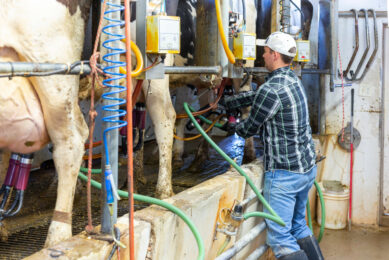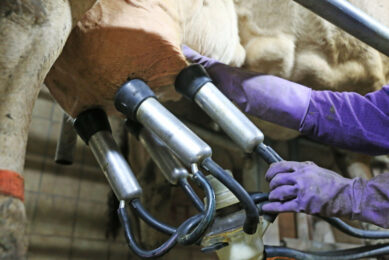Is the future digital for dairy farm workers?
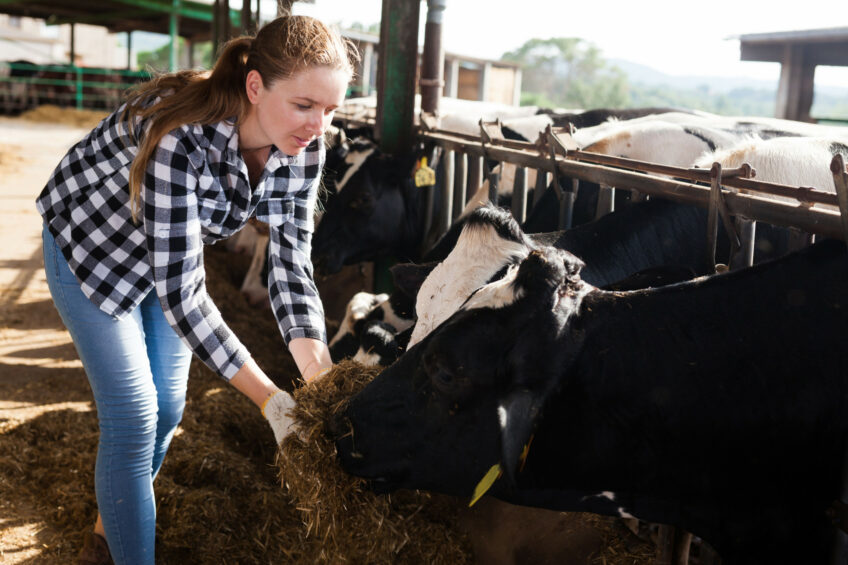
In today’s fast-evolving agricultural landscape, creating a sustainable workforce is more crucial than ever. With a rapidly aging workforce, labour shortages, and increasing demands for technology, dairy farms must find ways to attract, retain, and support the next generation of talent, who are very different than the last generation.
The aging of the American workforce poses a significant challenge for agriculture. Every day 11,200 Americans turn 65, and in dairy farm communities, the impact is even more pronounced. As a result, many dairy farms face the reality of fewer hands to manage daily operations.
The aging workforce is not the only challenge. For decades, young people have been drawn to urban areas, often overlooking agriculture as a viable career path. Common misconceptions about farm life – such as long hours, limited opportunities for advancement, and a lack of modern amenities – have contributed to this trend. These outdated views overlook the strides dairy farming has made in terms of technological integration, work-life balance, and job satisfaction.
How do dairy farmers overcome the labour shortages and misconceptions to create a sustainable workforce?
Highlight the benefits
Younger workers who do discover the benefits of farm life often report a safer environment to raise a family, less stress compared to city life, along with the potential for stable, long-term employment. Many dairy farms offer a strong sense of community, a close connection to nature, and opportunities for personal growth that aren’t available in more traditional urban settings.
Perhaps one of the most compelling reasons for younger generations to consider farm work is the increasing role of technology in dairy farming. IoT sensors, from companies like SCR, Smaxtec, Nedap, Cow Manager and Labby, provide real-time data on everything from cow movement and heat detection to analysing milk in real time. Meanwhile, robotics from Lely, Delaval, Goke, among others, automate tedious tasks such as milking cows and mixing feed. These technologies improve productivity and make the profession more appealing to the younger generation.
Recruitment efforts and cultural barriers
As agriculture relies heavily on immigrant labour, creating a multilingual and multicultural workplace is crucial for workforce sustainability. Farms must actively address language barriers, and if multilingual managers are not available, dairy farm owners can leverage technology such as translation apps and offering language training.
As markets shift and consumer demands evolve, dairy farms will need creative thinkers capable of navigating these changes. Creative thinkers are essential for identifying new market opportunities, improving operational efficiency, and fostering long-term success in a competitive industry.
Executive search firm Kincannon & Reed suggests that diverse workforces often bring fresh perspectives and innovative thinking. Farm owners should consider expanding their search to nearby towns, cities and different industries, as people who haven’t grown up on dairy farms may bring new ideas, creativity, and a willingness to learn, helping farms adapt to new challenges and thrive in a rapidly changing environment. Moreover, talent found and nurtured within a dairy farm’s existing workforce often results in a 5:1 return on investment.
Automation in future farming
As labour shortages continue to plague the dairy sector, investing in labour-saving technologies becomes increasingly important. Automation, from robotic milking systems to precision farming tools, can help reduce the workload, eliminate repetitive tasks, and enhance efficiency. By prioritising automation, dairy farms can reduce their dependence on manual labour, making them more sustainable and attractive to future workers.
Building a sustainable workforce requires a multifaceted approach that incorporates technology, inclusive hiring practices, and a focus on innovation. By embracing modern tools, addressing language and cultural barriers, and rethinking recruitment strategies, dairy farms can create a thriving work environment that attracts and retains talent for the long term. Investing in these strategies now will ensure that dairy farms remain competitive and viable in the future.



